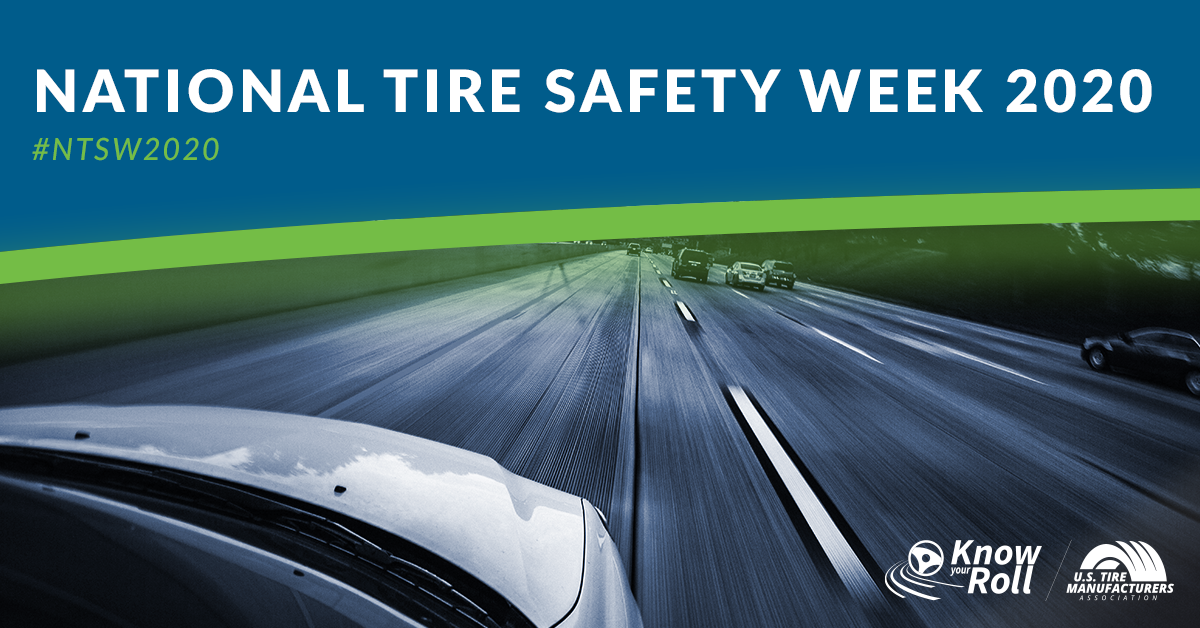Tire Safety Week is underway
WASHINGTON, D.C. – The U.S. Tire Manufacturers Association (USTMA) has kicked off its annual tire safety awareness campaign.
National Tire Safety Week will run from Aug. 31 through Sept. 6. The event was originally due to be held in late May, but was postponed due to Covid-19.

The association said the overarching message of the campaign is “Check your tires”, and it applies to all drivers, including truckers.
“National Tire Safety Week is an initiative that educates drivers about the critical role they play in maintaining tire safety, and ensures they have the information they need to successfully prioritize safety on the road,” said Anne Forristall Luke, president and CEO of USTMA.
A number of member companies, including Bridgestone, Continental Tire, Cooper Tire, Michelin, Pirelli Tire and Yokohama Tire, have developed their own initiatives focused on the safety campaign.
As the week begins, consider the following tips that apply where the rubber literally meets the road.
Tire tips for commercial vehicles
- Set and maintain correct inflation pressures
Goodyear experts point out maintaining proper inflation pressure is the “single most effective practice that a fleet or driver can employ to impact tire wear, casing life and overall performance.”
But accurate readings rely on the use of a calibrated air gauge. Also, be sure to measure the inflation pressures when the tires are cold, before a trip begins.
- Watch your speed
Highway speed limits are increasing in many parts of the U.S., but your truck tires may not be rated to travel at those speeds. Remember to abide by the tire’s maximum recommended speed.
- Create a tire management program
A comprehensive tire management program will track inflation, tread depths, and wear patterns alike. Consider establishing a tire manual as well, identifying key information about recap spec’s and when tires should be pulled.
- Take a closer look
Every pre-trip inspection will involve the search for under-inflated or damaged tires. Keep an eye out for cuts, cracks, blisters, bulges and other issues, including unusual wear patterns such as cupping and feathering.
- Keep everything in line
A regular alignment schedule can help prevent irregular tire wear. Supplementing a traditional front-end alignment with a drive axle alignment can also help to boost fuel economy.
- Match the tires on dual assemblies
Dual assemblies that include tires with diameters that differ by little more than one-quarter of an inch can lead to unwanted scrubbing patterns on the smaller of the two tires, because it won’t maintain constant contact with the road.
When choosing tires for an assembly, consider the tire size, load-carrying capacity, and type of service the tires are designed for.
- Sources: Goodyear, Michelin, Bridgestone
Have your say
This is a moderated forum. Comments will no longer be published unless they are accompanied by a first and last name and a verifiable email address. (Today's Trucking will not publish or share the email address.) Profane language and content deemed to be libelous, racist, or threatening in nature will not be published under any circumstances.